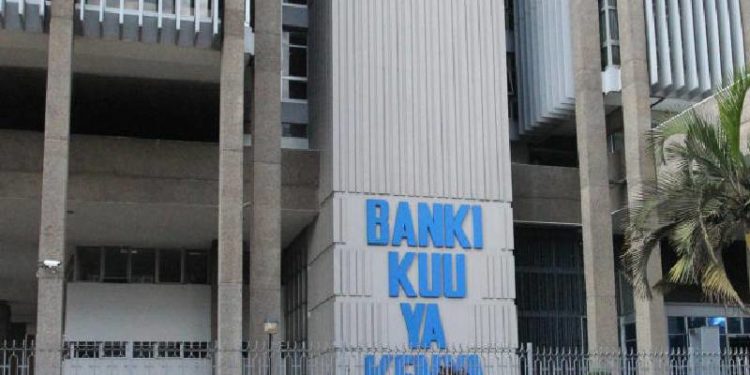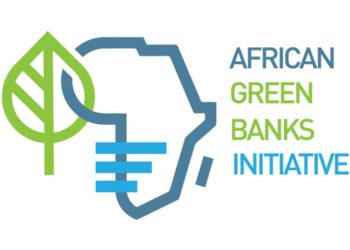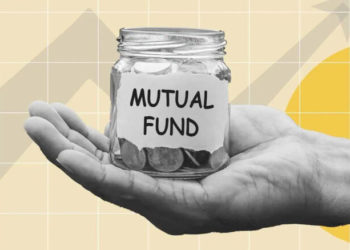Data from the Central Bank of Kenya (CBK) reveals that between January and September 2022, households borrowed Ksh58.3 billion from financial institutions, indicating rising demand for credit.
In the nine months leading up to September, households borrowed Ksh213.5 million per day from commercial banks, microfinance institutions, and Saccos as rising living expenses drove more individuals to seek loans to pay their daily expenses.
However, this is four times as much as the Ksh14.4 billion or Ksh52.7 million a day that lenders disbursed during the same period last year, underscoring the rising thirst for loans from private consumers.
Read: CBK Frees 4.2 Million Kenyans From Negative CRB Listing
A new survey reveals that people in at least 17 counties are having difficulty paying back their debts, with at least a quarter of debtors in these devolved units defaulting, including Marsabit, Garissa, and Samburu counties.
Financial analyst Simon Gathecah claims that loans are becoming a burden for many households. He issued a warning that debtors must exercise fiscal restraint to manage their debt .to avoid being caught in a cyclical debt trap.
Businesses in the economic sectors such as trade, manufacturing, real estate, building and construction, agriculture and transportation are also expanding their demand for loans.
Read: CBK Issues New Directives On CRB Listing
To contain inflation, the Monetary Policy Committee (MPC) in May increased the Central Bank Rate (CBR) from 7 percent to 7.50 percent, the benchmark rate’s first hike since July 2015.
For the second time in four months, the MPC increased the base lending rate, pushing up borrowing costs as inflation reached a five-year high.
Commercial bank loan costs increased, reaching 12.38 percent in August the highest level since November 2019 and surpassing previous highs.
In September, the average interest rate on loans from commercial banks increased, even more, reaching 12.41%.
Even with the high-interest rate, people are finding it more difficult to pay for necessities like food, rent, power, gasoline, and school fees, which is why many are turning to lenders for emergency loans.
Email your news TIPS to editor@thesharpdaily.com















